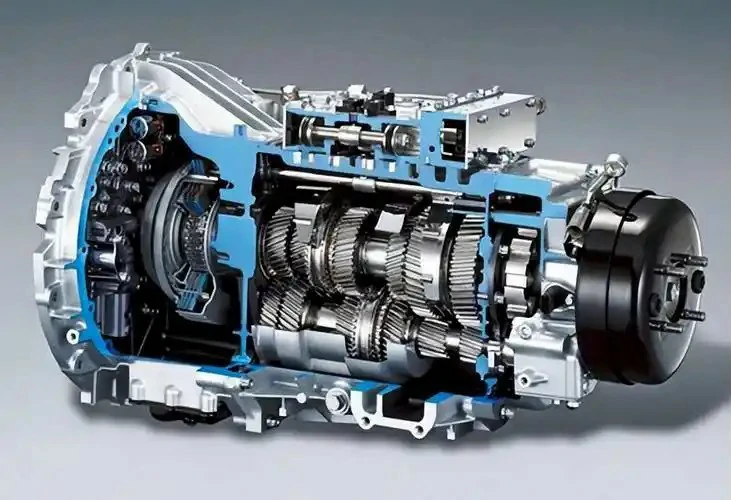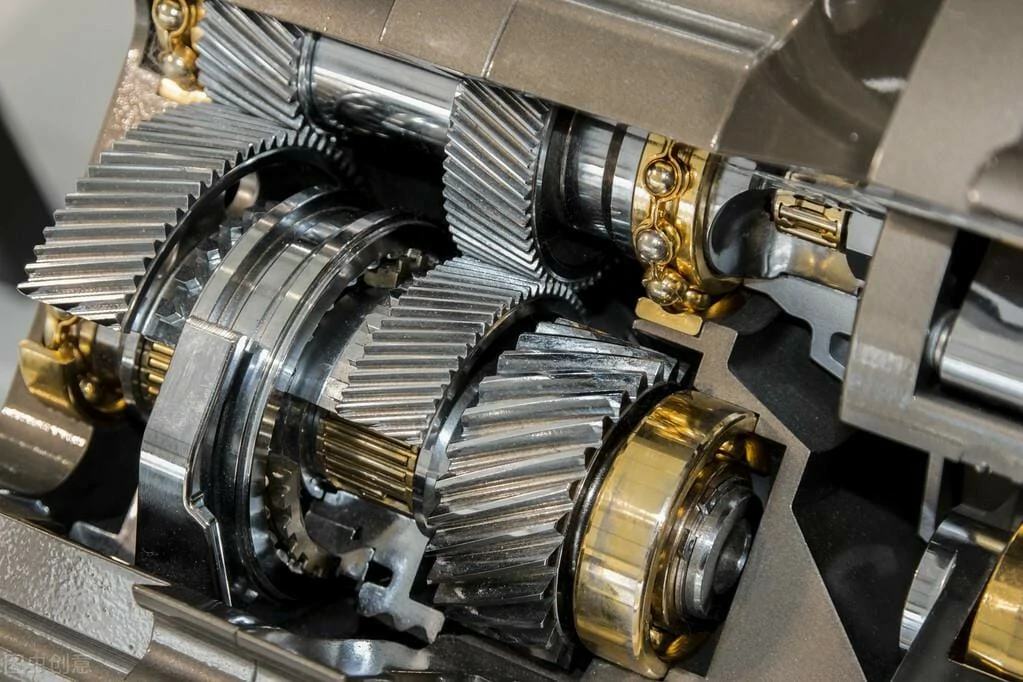The basic working principle of the gearbox
The core principle of the gearbox is to change the speed of the output shaft through different gear sets, thereby adjusting the speed of the wheels and the output power. Its working process involves the following aspects:
Gear change
In a traditional manual transmission, the driver disconnects the engine from the transmission through the clutch, and then selects different gear ratios through the shift lever. Different gear ratios determine the relationship between the engine speed and the wheel speed. When more power is needed, shift to a lower gear; when a higher vehicle speed is required, shift to a higher gear.
The role of the clutch
The clutch plays an important role in the manual transmission. It can temporarily disconnect the power connection between the engine and the transmission to smoothly switch gears. In the automatic transmission, the traditional torque converter replaces the role of the clutch and automatically completes the power connection and disconnection.
The working principle of the automatic transmission
The automatic transmission (AT) realizes automatic shifting through a torque converter and a planetary gear mechanism. The torque converter converts the engine power into hydraulic power and automatically shifts gears through oil pressure control. The planetary gear system uses different gear combinations to provide suitable torque output at different vehicle speeds.

Development of gearbox
Manual gearbox
Manual gearbox (MT) is the earliest type of gearbox used in automobiles. It switches gears manually by the driver operating the clutch and the shift lever. The advantages of manual gearbox are simple structure, low cost, and higher control accuracy and driving pleasure. However, its disadvantages are complicated operation, high driver skill requirements, and unsuitable for long-term city driving.
Automatic gearbox
Automatic gearbox (AT) began to be used in the early 20th century. Its appearance made it no longer necessary for drivers to shift gears manually, improving driving comfort. Traditional automatic gearboxes use torque converters and planetary gear sets to control gear shifting through hydraulic pressure. Although automatic gearboxes bring higher convenience, their structure is complex, fuel consumption is high, and power loss during gear shifting is more obvious.
CVT gearbox
Continuously variable transmission (CVT) is a new type of automatic transmission that uses belts and pulleys to achieve stepless speed adjustment without relying on traditional gear combinations. The advantage of CVT gearbox is that it can continuously adjust the optimal power output point according to vehicle speed and load conditions to optimize fuel economy. Since there is no fixed gear, the driving experience is smoother. Nowadays, CVT is widely used in many small cars and hybrid vehicles.
Dual Clutch Transmission
Dual Clutch Transmission (DCT) combines the advantages of manual and automatic transmission. It uses two sets of clutches, one to control odd gears and the other to control even gears, so as to achieve fast and gapless shifting. Dual clutch transmission has faster shifting speed, lower fuel consumption and higher power transmission efficiency, making it the first choice for high-performance and luxury cars. However, dual clutch transmission is more expensive and may have a certain sense of frustration when driving at low speed.
Transmission in Electric Vehicles
With the popularity of electric vehicles, the application of traditional transmission in electric vehicles has gradually decreased. Electric motors have a wide torque output range and can provide sufficient power without relying on transmissions. Therefore, most electric vehicles use a single-speed transmission system, which no longer requires a complex transmission structure. However, some high-performance electric vehicles still use transmissions to provide a richer driving experience.

Innovation and Trends in Transmission Technology
Intelligence and Electronicization
With the continuous development of automobile technology, transmissions are moving towards intelligence and electronicization. Modern transmissions are gradually introducing more electronic control units (ECUs) to manage shift timing, oil pressure control, and driving mode selection. Intelligent transmissions can adjust the working mode in real time according to the driver’s operating habits, road conditions, and vehicle status to improve driving comfort and fuel efficiency.
More Efficient Fuel Economy
In response to the global demand for energy conservation and environmental protection, transmission technology is committed to improving fuel economy. For example, the emergence of CVT transmissions has greatly improved fuel efficiency and reduced the power loss of traditional automatic transmissions during gear shifting. In the future, with the popularity of hybrid and pure electric vehicles, transmissions will continue to develop in a more efficient and energy-saving direction.
Electric Drive Transmission
With the acceleration of electrification, electric drive transmissions have begun to enter the market. This type of transmission is different from traditional internal combustion engine transmissions and is usually directly driven by an electric motor and integrated with the power system. Electric drive transmissions are not only simplified in structure, but also can provide smoother power output.

Conclusion
As a core component in the automotive power transmission system, the technology of the gearbox has gone through multiple stages, including manual, automatic, CVT, and dual clutch. With the continuous advancement of science and technology, the technology of the gearbox is also developing towards intelligence, electronization, and efficiency. In the future, with the rise of electric vehicles and autonomous driving technology, the form and function of the gearbox will change further, and the automotive industry will usher in more innovations and breakthroughs.
Through continuous technological innovation, the gearbox will no longer be just a power transmission device, but will become one of the important technologies to enhance driving experience, reduce energy consumption, and protect the environment.


